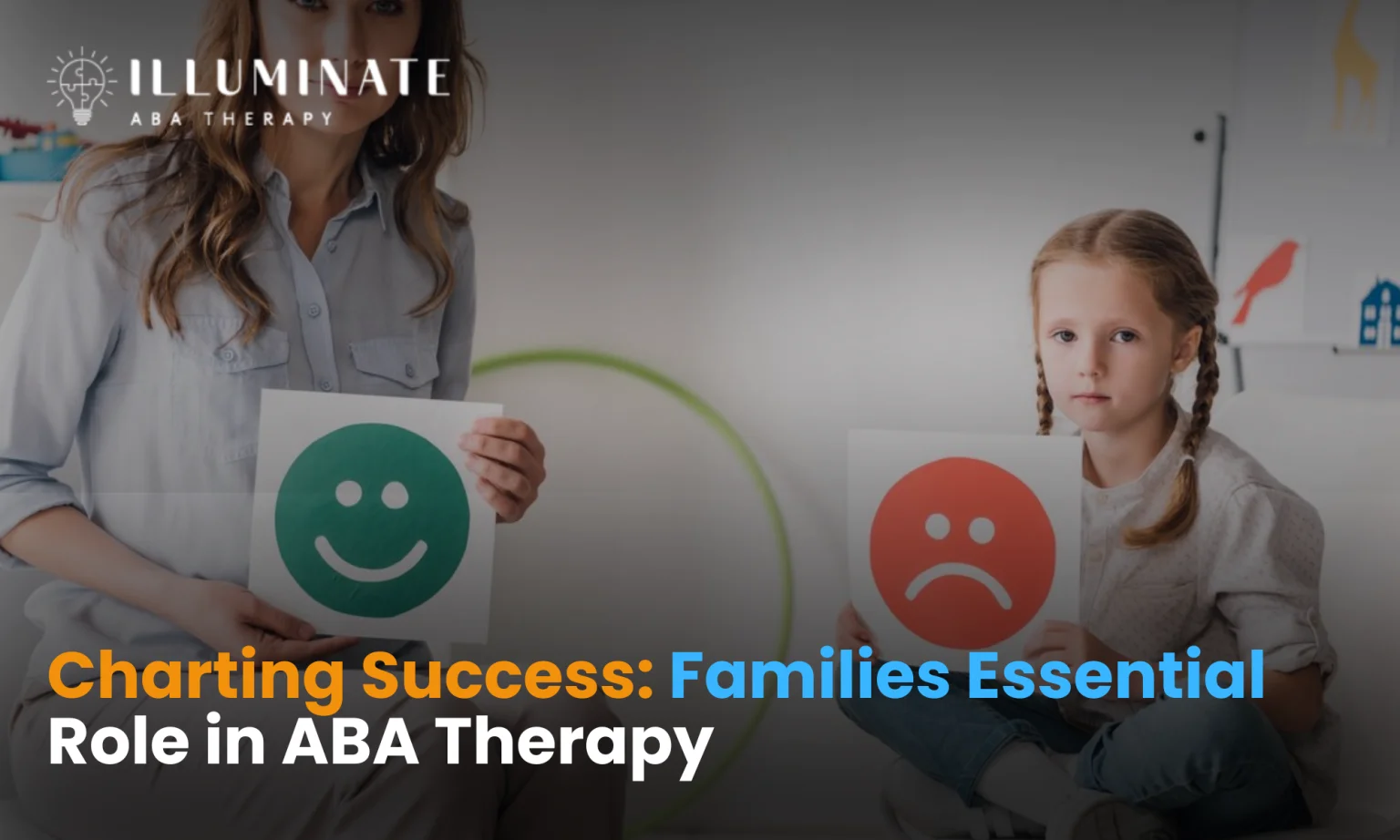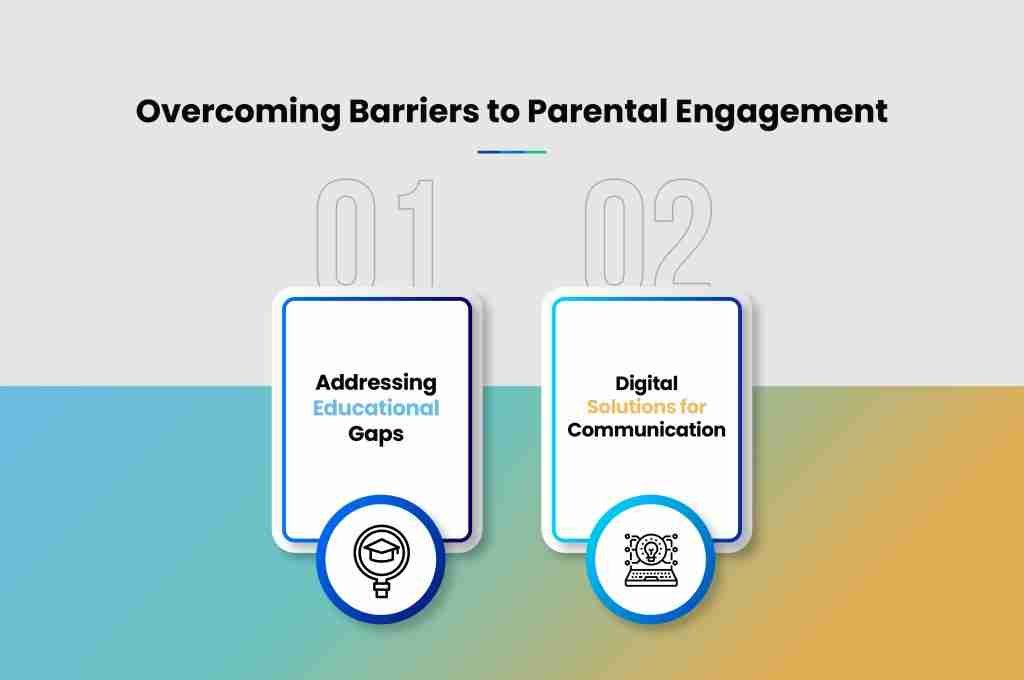Charting Success: Families Essential Role in ABA Therapy
ABA TherapyJuly 17, 2025

Understanding ABA Therapy
Getting the hang of Applied Behavior Analysis (ABA) therapy offers a good look at how it came to be and the vital touch behavior analysts bring in tailoring this method for people with autism.
Evolution of ABA
ABA therapy has its roots in the swinging '60s, sprouting first at the University of Kansas and growing strong at UCLA. Back then, researchers were all about using behavior principles to boost social skills in kids with autism. Think of it like a scientific dance of rewards and consequences designed to tweak and track behavior (BlueSprig Autism).
Today’s ABA therapy has come a long way, now looking at thoughts and feelings too. It's constantly changing with solid research finding the best ways to help. This method is built on science, getting better and sharper over the years with lots of study and practice (BlueSprig Autism).
Role of Behavior Analysts
Behavior analysts are the secret ingredient making ABA therapy work wonders. They’ve got the know-how to apply ABA techniques wherever needed—be it social, functional, or academic settings, and for folks of all ages and abilities.
Yet, there’s a hiccup: 176 Board-Certified Behavior Analysts (BCBAs) were asked a while back, and only 23% of them learned how to work with families while studying. This gap could really mess with engaging parents in ABA therapy (Rethink Behavioral Health). It's super important that behavior analysts pick up the skills to support and involve families much more in therapy.
In the ABA world, creating strong ties between analysts and families is a game-changer for getting the best results. Parents who pitch in with therapists help to make tailored treatment plans that stick, whether at home or in therapy sessions. This approach enriches the child's overall learning journey.
Taking ABA beyond the therapy room into daily routines is key. It's all about nurturing good habits that blend into everyday life. Using digital tools to keep parents in the loop makes things easier and sets the stage for lasting success in ABA therapy for kids with autism (Rethink Behavioral Health).
Importance of Family Involvement
In ABA therapy, families aren't just passive spectators—they're vital team players. Their involvement can make or break the success of therapy and the happiness of those receiving it.
Family Training and Support
A key part of ABA therapy is getting parents and caretakers on board and actively involved in the process. When parents play an active role, it helps the skills learned in therapy show up at home and other places too (BHCOE). By joining in, caregivers help ensure that their children's newfound skills stick around and grow.
ABA programs often hold special training sessions just for parents. These sessions help parents understand and use ABA techniques to guide kids with autism and other challenges. Parents pick up handy tips for encouraging good behavior and making home a place where skills can blossom naturally.
Role of Caregivers in ABA
Caregivers aren't just cheerleaders; they're key players in ABA therapy. They work alongside experts like Board Certified Behavior Analysts (BCBAs) to tailor a plan that works for their child's unique set of skills and family scenario. The end goal? Making sure therapy aligns with what the family values and needs.
Within this setup, therapists or Registered Behavior Technicians (RBTs) team up with kids to practice new skills and hit targets set by the BCBA. The focus is on creating positive and fun learning experiences so kids are excited to join in.
When caregivers actively participate, ABA therapy doesn't just transform behavior; it strengthens the bond between parents and their kids. This teamwork fosters a loving, supportive environment that enhances therapy's impact, leading to wins not just in therapy, but in all areas of life.
Simply put, family participation in ABA is key. It ensures therapy benefits don't stay locked in the clinic but flow into where they matter most: everyday life. Caregivers' support and unwavering dedication help unlock the potential of those they love, paving the way for real progress along the road of development.
Overcoming Barriers to Parental Engagement

ABA therapy isn’t a solo act; it's like a family band where harmony hits the sweet spot! Tackling what holds parents back from joining this jam is vital. The secret sauce? Bridging those education potholes and plugging into tech wizardry for smooth dialogue.
Addressing Educational Gaps
Let's face it, parents aren't born knowing the ABCs of ABA. Studies rally behind this, noting a mere 23% of Behavior Analysts got a playbook on family teamwork in school. Yikes, right? No wonder explaining the inner details can feel like herding cats.
So, how do we tackle this rogue wave? It’s a piece of cake. Chalk talks in plain English, real-world examples and letting parents shadow a session or two works wonders. The goal? Ensuring everyone sings from the same song sheet, no one likes surprises—especially not mom and dad!
Digital Solutions for Communication
Technology is the magical bridge between silence and understanding. It’s also the perfect sidekick for parents brushing up on ABA lingo between their morning coffee and the next round of sibling refereeing. Bite-sized learning on-the-go? Sign us up!
These shiny digital tools aren’t just flash; they're all about action. Picture parents soaking up knowledge during nap time with interactive stuff that makes learning anything but boring. Now, that's teamwork right from the comfort of home!
By combining the power of practical education and techy tools, it’s about letting parents lead right alongside, turning an intimidating mountain into a stroll in the park. When parents join forces with their child’s progress, magic happens—creating a bright path forward for every little champion out there.
Boosting ABA Results with Family Involvement
You ever tried throwing a surprise party for a ferret? If not, then you're in for a whole different kind of surprise when you see the impact family involvement can have on ABA therapy for folks with autism. Getting moms, dads, and every other family member in on the action is like rocket fuel for therapy progress — it makes everything go faster and smoother. Cheering on even the tiny wins and keeping the conversation flowing are just a couple of ways families can make a difference.
Celebrating Milestones
Even small victories in the world of ABA therapy deserve a good high-five or at least a virtual one if germs are still a thing. Kids, adults, doesn’t matter — we all like a pat on the back or a thumbs-up, and that's how you keep the ball rolling in therapy. Whether it's finally figuring out how to tie shoes without a meltdown, or keeping cool in a crowded place, acknowledging these moments sparks more motivation and can do wonders for self-esteem. A little reward like an extra slice of pizza or a movie night can go a long way.
Let's be real — progress in ABA is like watching grass grow, but that's okay. Every little bit counts, and it can look different for everyone. Families should keep goals reasonable and take one step at a time. Celebrating every small leap forward creates positive energy that makes each session more successful.
Keep the Conversation Going
Think of communication between family and therapists like a group chat where nobody’s left on read. Parents, caregivers, and therapists gotta be like the best tag team to make sure everyone’s on the same page. This teamwork helps everyone understand what’s happening, what's working, and what might need a tweak. Being involved keeps families in the loop and lets them provide the same kind of support at home that happens in the therapist’s office.
Talking regularly helps families know what's going on with progress, struggles, and moments of triumph. It's also a chance to voice concerns, ask what's what, and pass along any notes to the folks in charge, creating a transparent and open teamwork vibe. Keeping the chatter going makes sure everyone's rowing in the same direction, helping to fix hiccups and ensure holistic and successful therapy.
By backing milestone celebrations and keeping those communication lines wide open, families set the stage for a super supportive environment for folks on the ABA path. Family vibes also spill over into daily routines, making every interaction a chance for progress and positive outcomes in ABA therapy — and trust us, that makes a world of difference.
Get More Insights On: ABA Techniques for Pathological Demand Avoidance in Autism
